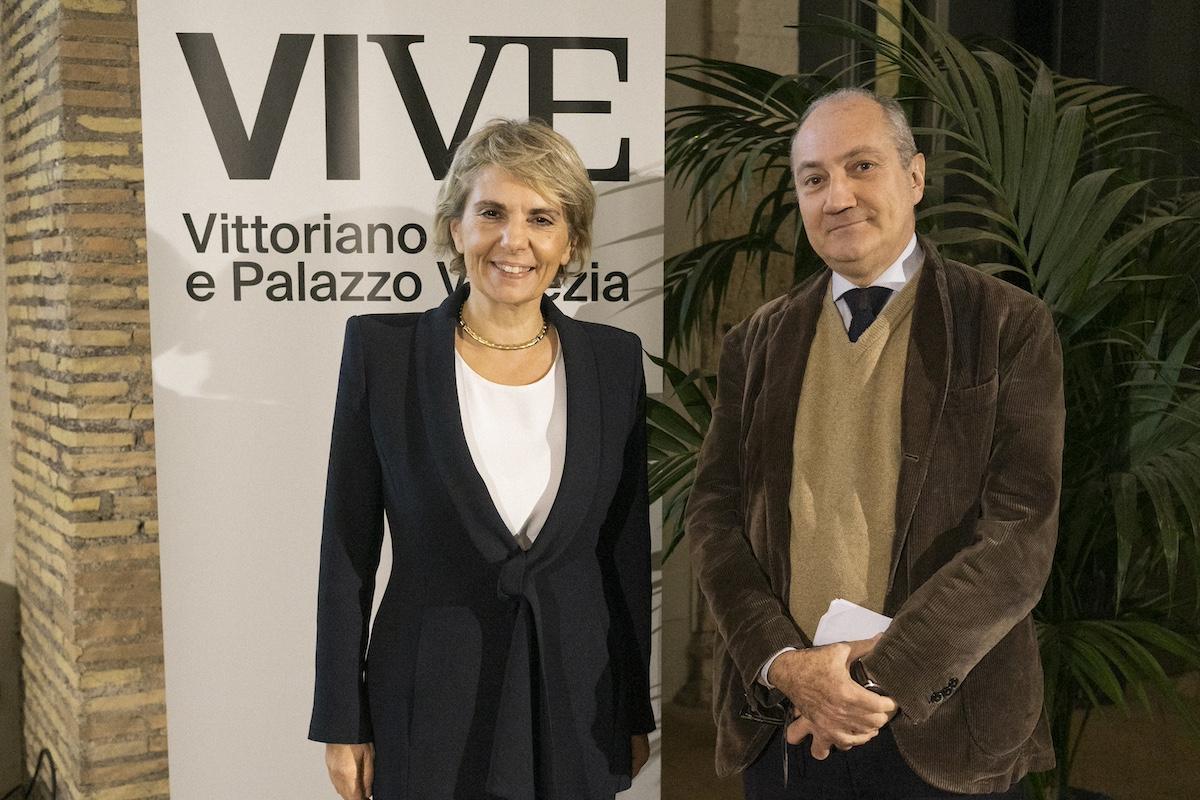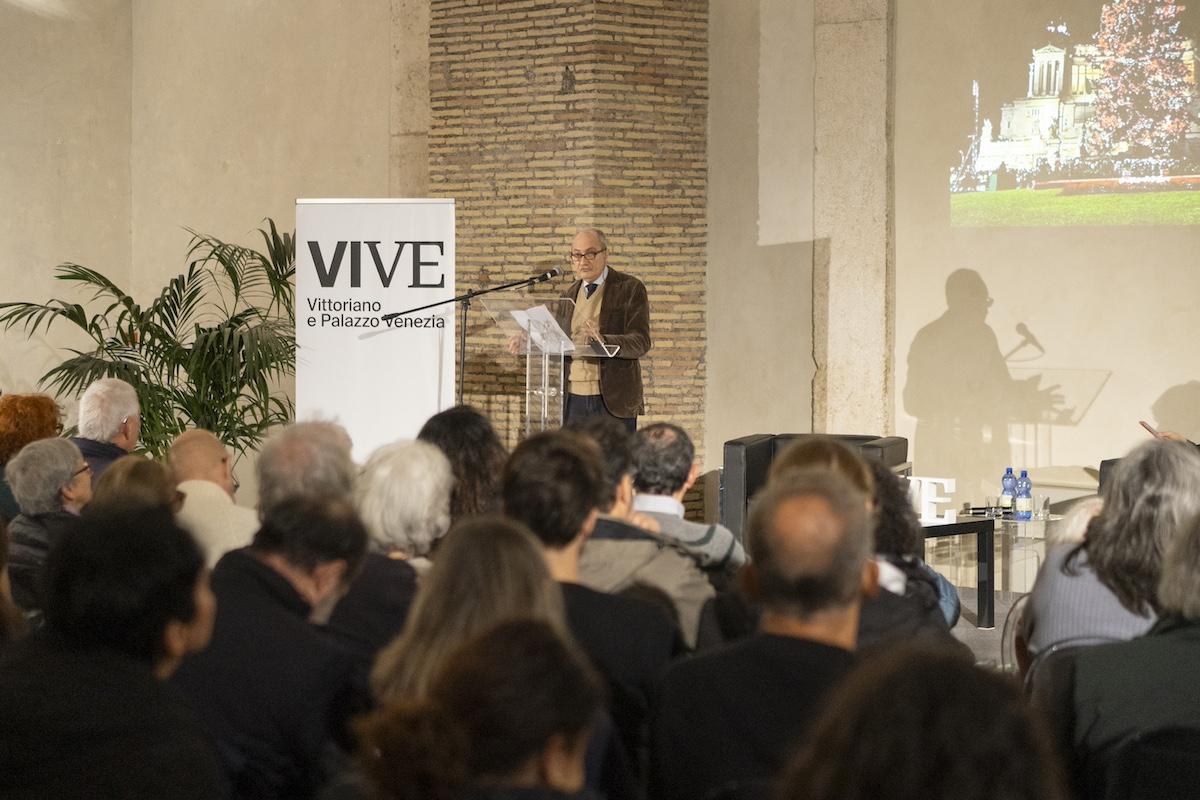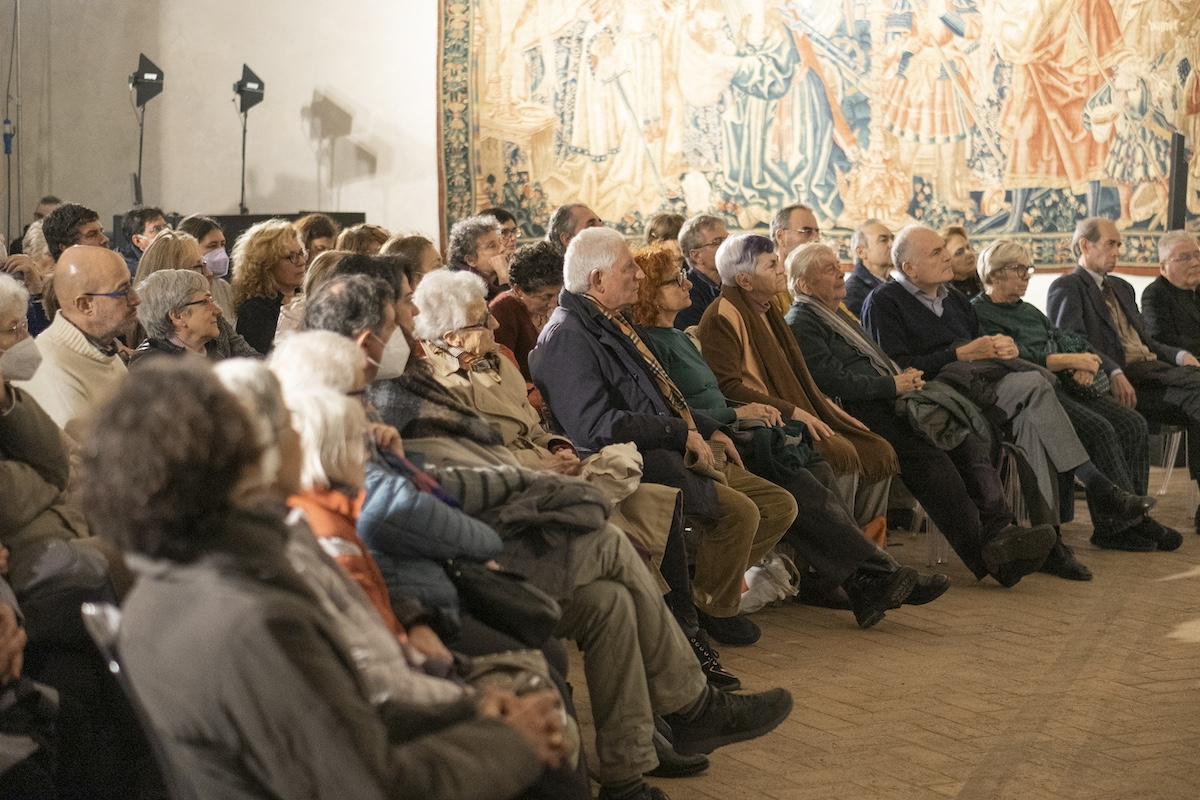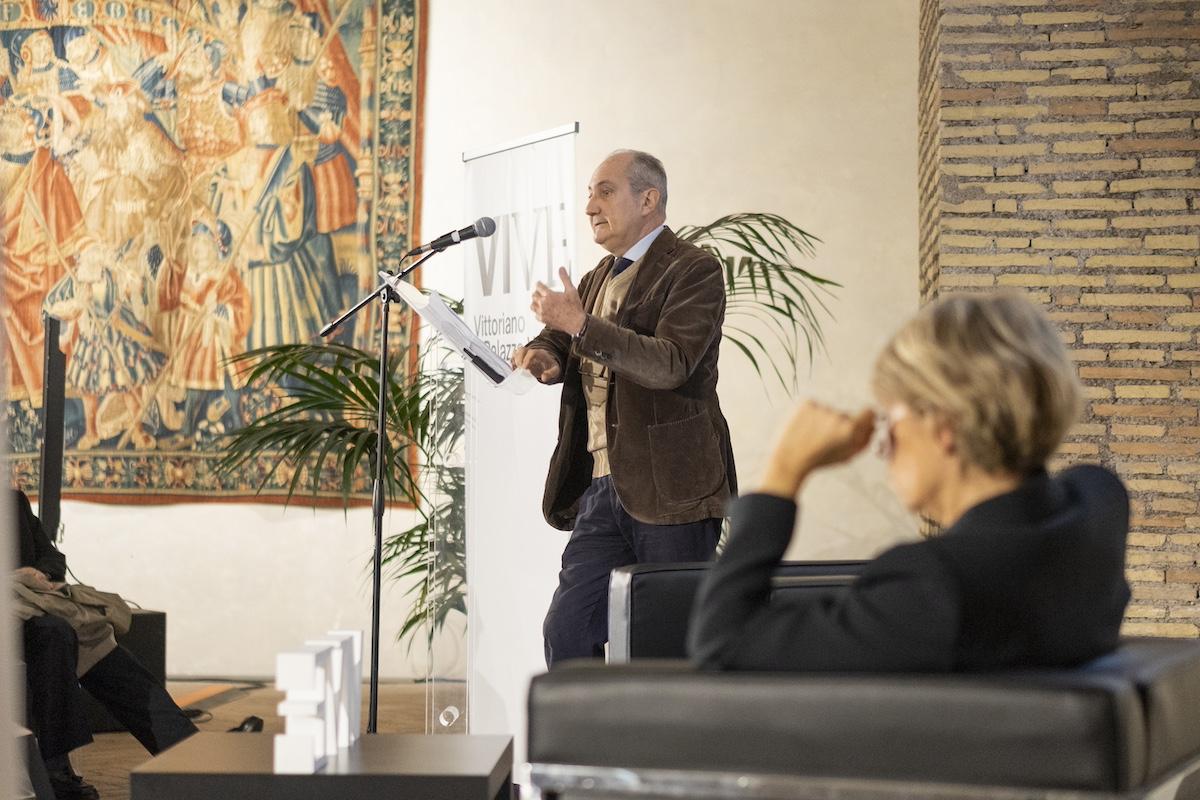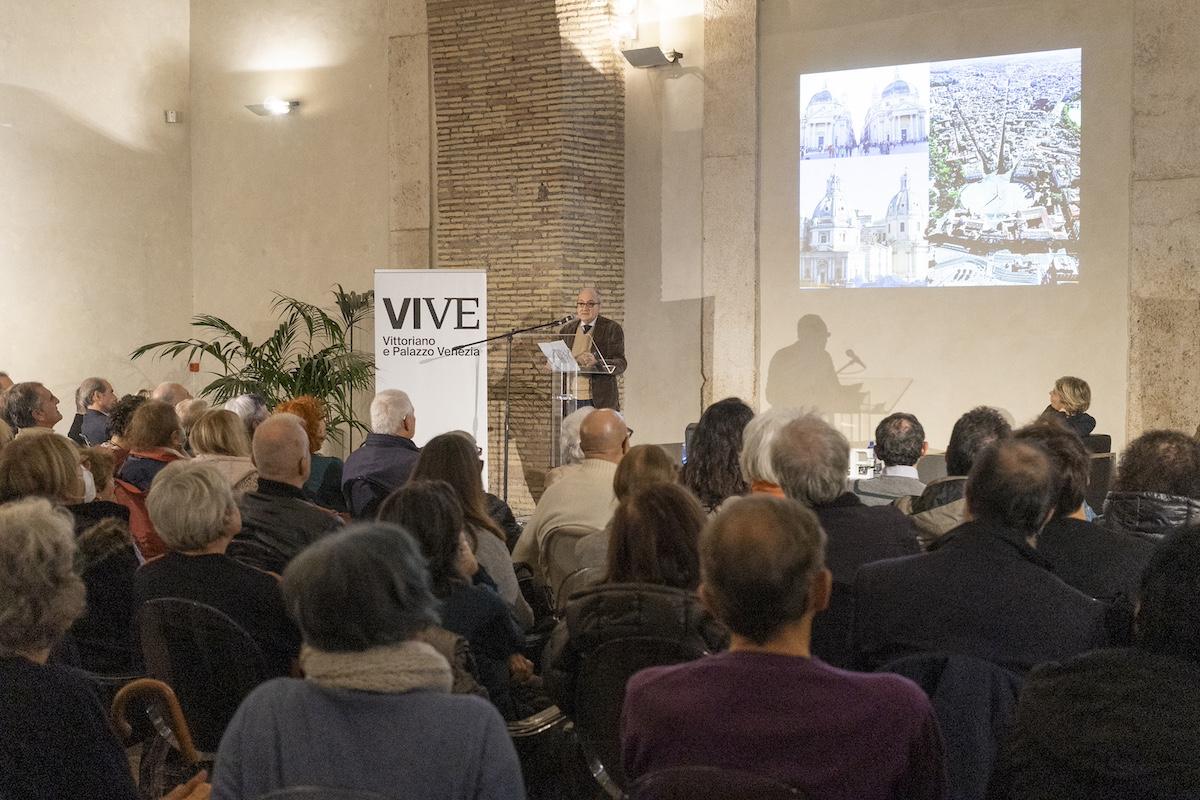SERIES: One square, so many stories series - Under the aegis of Edith Gabrielli, director of VIVE
SPEAKER: Mario Bevilacqua
DATE: Thursday 30 November, 6pm
PLACE: Palazzo Venezia, Sala del Refettorio
Since the early Renaissance, Piazza Venezia has been the most representative urban hub of the city. Marking the end of the monumental axis of the Corso, it leads to the Capitoline Hill, Rome’s civic centre, the premises of the Municipality and the residence of the Senatore.
The plans and views of Rome made from the 16th to the 19th century, in the changing techniques, tools, sensibilities and needs, testify to the development of the urban structure and record its uses and functions. The continuous remodelling of public space evolved in relation to the often conflicting needs of central, noble and religious power.
Opposite the sacralised entrance to Piazza del Popolo, at the end of the straight layout of the Corso from the 16th century on, Piazza Venezia crystallised as a secular and noble square par excellence.
Remodelled bynew monumental tendencies, between the 19th and 20th centuries it confirmed this role, amplified in the spectacular monumental development that made it the symbol of the capital of the Kingdom and then of the fascist regime.

